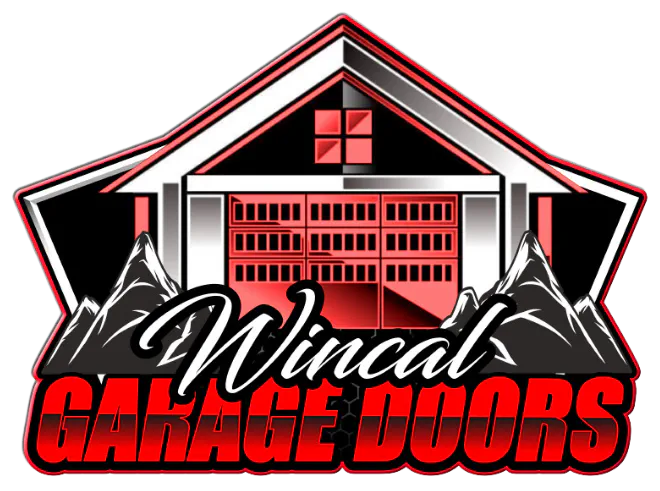Garage doors are among the hardest-working systems in any home. On average, they open and close over 1,500 times a year — and that means wear and tear is inevitable. This is especially true in Canada’s climate, where extreme temperature swings, ice, and humidity take a toll on moving parts.
Whether you’re a homeowner doing your own upkeep or looking for garage door service in Calgary, preventive maintenance helps extend the life of your garage door, prevent costly breakdowns, and ensure the safety of your family. Below is a detailed checklist that’s useful for both homeowners and professional technicians.
1. Visual Inspection of the Door and Hardware
Do a thorough inspection once a month:
- Door panels: Look for cracks, rust, dents, or peeling paint.
- Tracks: Make sure they’re straight, clean, and free from rust or dents.
- Brackets and fasteners: Check for loose bolts or any wobbling parts.
- Hinges: Watch for cracks, bending, or uneven wear.
📌 Tip: Significant wear or any deformation can cause the door to jam. Even a small crack in a metal part is a good reason to call a technician.
⚙️ 2. Check the Door’s Balance
A well-balanced door should stay in place when operated manually.
How to check it:
- Disconnect the automatic opener.
- Gently lift the door halfway and release it.
- If it stays in place, balance is fine.
- If it falls or rises, the spring tension may be off.
📌 Important: Never attempt to adjust torsion springs yourself. It’s dangerous. Always call a licensed technician.
🔊 3. Listen for Unusual Sounds
Strange noises are often the first signs of trouble:
- Grinding or screeching could mean metal parts are rubbing together.
- Clanking or popping might signal loose bolts or cracked hinges.
- Motor humming may indicate the opener is struggling to lift the door.
📌 Tip: Don’t ignore new or louder sounds — they’re often the first warning signs of a potential breakdown.
4. Lubricate Moving Parts (2–4 times a year)
Lubrication keeps your door operating quietly and smoothly.
Apply lubricant to:
- Hinges
- Rollers
- Tracks
- Springs (externally)
- Joints
What to use: Choose silicone-based or white lithium grease made for garage doors. Avoid WD-40 — it’s a solvent, not a lubricant.
📌 Winter tip: Dry parts are more likely to break in Canadian cold — ice increases friction and damages brittle components.
🔐 5. Test the Safety Features (for automatic openers)
Modern openers come with safety sensors and auto-reverse systems. These features protect children, pets, and your car.
What to check:
- Sensors near the bottom of the door should be clean, aligned, and connected.
- Auto-reverse test: Place a wooden block under the door and close it. The door should stop and reverse upon contact.
📌 Warning: Malfunctioning safety systems are a major cause of injury. Always run this test.
🔋 6. Check the Backup Battery (if equipped)
Many garage door openers in Canada have backup batteries for power outages.
- Check the battery indicator lights.
- Replace the battery every 2–3 years.
- Test it: unplug the opener and try opening the door.
🌡️ 7. Seasonal Adjustments
Canadian weather demands seasonal prep:
Spring:
- Clean salt and debris from the tracks.
- Inspect seals for cracks caused by freezing temps.
Fall:
- Check insulation and weatherproofing before winter.
- Lubricate all moving parts.
📌 Extra tip: In windy parts of Alberta, check that wind isn’t bending the door panels. Strong gusts can warp or misalign them.
📝 Recommended Maintenance Schedule
| Task | Frequency |
| Visual inspection | Monthly |
| Balance check | Quarterly |
| Lubrication | 3–4 times a year |
| Safety feature test | Monthly |
| Battery replacement | Every 2–3 years |
💬 Final Thoughts
Routine garage door maintenance isn’t just a good idea — it’s essential for Canadian homeowners. It saves you from unexpected repair bills, improves safety, and extends the life of your system.
If you’re noticing signs of wear or planning to upgrade your system entirely, Wincalgaragedoors also provides expert garage door installation in Calgary AB, ensuring your new system is installed safely, efficiently, and built to withstand Alberta’s tough climate.





